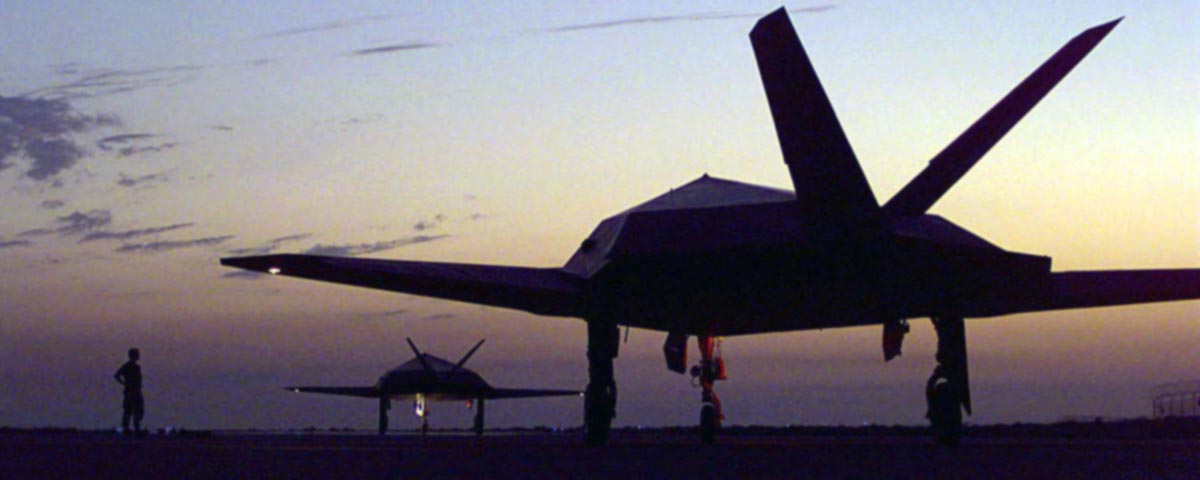On April 12, 1955, legendary Lockheed designer Clarence “Kelly” Johnson flew over the Nevada desert with a CIA officer and a U.S. Air Force colonel in a Beechcraft Bonanza piloted by Lockheed’s chief test pilot, Tony LeVier. Johnson was searching for a secluded site where he could test an airplane so secret that few outside his Skunk Works division knew it existed: the U-2 high-altitude reconnaissance plane. As recounted in a secret CIA history declassified in 2013, they spotted a former Army Air Corps airstrip next to a salt flat known as Groom Lake, some 85 miles northwest of Las Vegas. Although the strip appeared to be paved, LeVier elected to land on the dry lakebed instead. When the four men walked over to examine the strip, they discovered it was unpaved and covered in ankle-deep dirt. Had they attempted to land on it, the CIA historians speculated, “the plane would probably have nosed over when the wheels sank into the loose soil, killing or injuring all the key figures in the U-2 project.”
Despite the need to improve the runway, Johnson and the other men agreed that it was the ideal site to test the U-2 and train its pilots. Lockheed subsequently built up the facility, which Johnson dubbed Paradise Ranch, later shortened to the Ranch, in an effort to make it sound more attractive to the employees who would work there. The location, adjacent to the Atomic Energy Commission’s Nevada Test Site, was officially known by its map designation—Area 51—and thus a legend was born.
It wasn’t long before reports of UFOs began to stream in from airline pilots unaccustomed to seeing flying objects over the desert above 60,000 feet, at that time an unheard-of altitude for aircraft. Later, when Lockheed tested the A-12, precursor to the SR-71, at Groom Lake during the Oxcart program, it generated similar reports given its 95,000-foot ceiling. According to the CIA history, “U-2 and later Oxcart flights accounted for more than one-half of all UFO reports during the late 1950s and most of the 1960s.”
But the reports didn’t end there. In the late 1970s, a new Lockheed black jet arrived at Groom Lake, one seemingly tailor-made to feed the growing UFO frenzy: the F-117A Nighthawk. Operating strictly at night and practically invisible to radar, the oddly shaped “stealth fighter”—in reality a ground-attack bomber—looked like no other airplane of this world. As Charles W. Sasser writes in “The Black Jet,” “In 1981, when the Nighthawk made its maiden flight, residents in the dark areas outside the glow of cities revived the old UFO rumors by whispering of shadows and mysterious lights in the sky.” The top-secret F-117 would not be officially revealed to the public until November 1988, and it would not truly enter the public consciousness until it played a leading role in Operation Desert Storm in 1991.
To read the full unclassified CIA history about the origins of Area 51, visit “The Secret History of the U-2 — and Area 51” at George Washington University’s National Security Archive. For more on the aircraft developed and tested at Groom Lake, see Bill Yenne’s excellent 2014 book Area 51 Black Jets.

